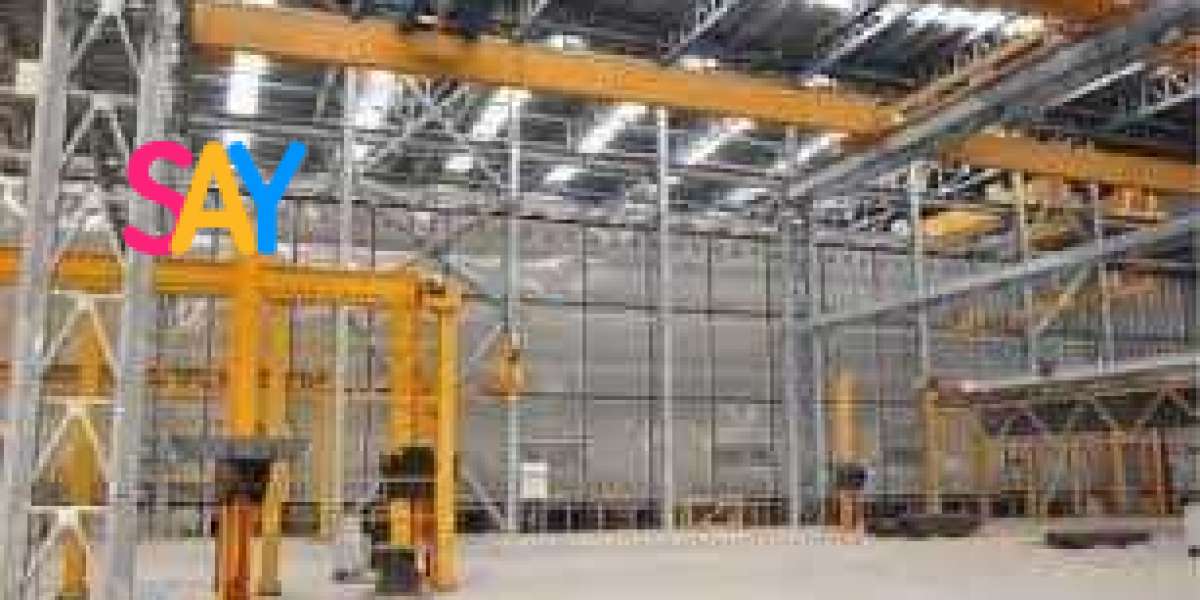Galvanizing flux is a chemical compound used during the hot-dip galvanizing process to prepare steel surfaces for zinc coating. It typically contains zinc ammonium chloride and serves two main purposes: removing any remaining oxides from the steel after acid cleaning and forming a protective layer that prevents further oxidation before the steel is dipped in molten zinc. This ensures a strong bond between the steel and the zinc, resulting in a smooth, uniform, and durable coating. Fluxing is a crucial step that improves the quality of the galvanizing process, reduces zinc consumption, and minimizes surface defects. It can be applied as a liquid solution (wet flux process) or as a dry powder (dry process), depending on the specific galvanizing method used.
One of the major drivers is the rapid expansion of infrastructure and construction activities worldwide. As governments and private sectors invest in highways, bridges, railways, and commercial buildings, the need for galvanized steel, which resists rust and extends structural life, has surged. Galvanizing flux plays a critical role in ensuring high-quality galvanization, thus boosting its market demand. Another significant factor is the growth of the automotive and transportation industries. Automakers rely heavily on galvanized steel for vehicle frames and parts to ensure durability and safety. This reliance on galvanized components directly increases the consumption of galvanizing flux.
IMARC’s new report titled “Galvanizing Flux Manufacturing Plant Project Report 2025: Industry Trends, Plant Setup, Machinery, Raw Materials, Investment Opportunities, Cost and Revenue,” provides a comprehensive roadmap for setting up a galvanizing flux manufacturing plant. The study encompasses all the essential information needed to enter the galvanizing flux industry. This report offers an in-depth evaluation of the galvanizing flux manufacturing plant cost, enabling readers to understand recurring operational expenditures and return on investment. It is a valuable resource for entrepreneurs, investors, researchers, consultants, business strategists, and anyone with an interest or stake in the galvanizing flux sector. Moreover, it outlines the galvanizing flux manufacturing plant setup cost, guiding users through the capital planning and resource allocation stages essential for launching production.
Key factors for setting up a galvanizing flux manufacturing plant:
1. Market Research
The electrical and energy sectors, including wind and solar power projects, use galvanized steel for transmission towers and support structures, further driving market demand. The global push toward sustainable and maintenance-free materials is also influencing the market. Galvanized steel, when treated properly with flux, offers a longer life span with minimal maintenance, aligning well with environmental goals and cost-efficiency expectations. Technological advancements in galvanizing techniques are another contributing factor. The development of more efficient and eco-friendly flux formulations, such as low-fume and non-lead options, supports compliance with stringent environmental regulations and workplace safety standards. This innovation encourages galvanizing plants to adopt advanced flux products. Additionally, growth in industrial manufacturing, especially in developing economies like India, China, and Southeast Asia, is accelerating demand.
The report offers an exhaustive overview of the global galvanizing flux industry, including a detailed breakdown by segments and regions within the sector. It also includes in-depth analyses of prices involved, market trends and historical data and forecast.
- Market Forecast
- Price Analysis
- Market Breakup by Region
- Market Breakup by Segment
- Market Trends
2. Planning and Designing
A detailed and up-to-date business plan is indispensable for mapping out the steps to establish and operate a galvanizing flux manufacturing facility. This report offers in-depth details about the process flow and the various unit operations involved in a galvanizing flux production plant.
- Technical Tests
- Quality Assurance Criteria
- Mass Balance and Raw Material Requirements
- Unit Operations Involved
- Product Overview
Request for a Sample Report:
https://www.imarcgroup.com/galvanizing-flux-manufacturing-plant-project-report/requestsample
3. Legal and Regulatory Compliance
Understanding and complying with the intricate framework of business laws and regulations is a vital aspect of establishing a galvanizing flux manufacturing facility. This requires a detailed knowledge of legal obligations, such as labor laws, environmental standards, tax policies, and industry-specific regulations.
4. Plant Requirements and Costs
The report offers a detailed location analysis, including insights into land selection, key criteria, location importance, environmental considerations, and associated costs for establishing a galvanizing flux manufacturing facility. It also provides information on plant layout and the factors that impact its design.
- Human Resource Requirements and Costs
- Utility Requirements and Costs
- Transportation Requirements and Costs
- Packaging Requirements and Costs
- Raw Material Requirements and Costs
- Machinery Requirements and Costs
- Plant Layout
- Land, Location and Site Development
5. Hiring and Training
Effective workforce planning and recruitment strategies are critical for assembling a skilled and efficient team to manage a galvanizing flux manufacturing plant. This process includes identifying the specific skills and qualifications needed for different roles and anticipating future staffing requirements based on production goals and business expansion.
- Developing Health and Safety Protocols
- Implementing Training Programs for Employees
- Complying with Labor Laws and Regulations
6. Supply Chain Management
Building strong partnerships with suppliers and vendors is crucial to maintaining a dependable and cost-efficient supply chain. This requires choosing partners who can reliably deliver high-quality raw materials and components at competitive rates.
- Planning Logistics and Transportation Networks
- Implementing Efficient Inventory Management Systems
7. Project Economics
This entails a thorough analysis of the costs associated with a galvanizing flux manufacturing plant, covering capital expenditure (CapEx), operating expenditure (OpEx), income forecasts, taxation, depreciation, liquidity, profitability, payback period, net present value (NPV), uncertainty, sensitivity assessments, etc. In addition to this, it includes an in-depth review of financial assistance options and a comprehensive list of certifications necessary for establishing the plant.
- Financial Analysis
- Profit Projections
- Taxation and Depreciation
- Revenue Projections
- Expenditure Projections
- Operating Costs
- Capital Investments
8. Marketing and Distribution Strategies:
Creating a robust marketing strategy and establishing strong brand positioning are vital for building a manufacturing plant’s market presence. This process includes conducting thorough market research to identify customer needs, preferences, and competitive trends.
- Identifying Distribution Channels and Sales Networks
- Leveraging Digital Marketing and E-Commerce Platforms
- Participating in Trade Shows and Industry Events
About Us:
IMARC Group is a global management consulting firm that helps the world’s most ambitious changemakers to create a lasting impact. The company excel in understanding its client’s business priorities and delivering tailored solutions that drive meaningful outcomes. We provide a comprehensive suite of market entry and expansion services. Our offerings include thorough market assessment, feasibility studies, company incorporation assistance, factory setup support, regulatory approvals and licensing navigation, branding, marketing and sales strategies, competitive landscape, and benchmarking analyses, pricing and cost research, and procurement research.
Contact Us:
IMARC Group
134 N 4th St. Brooklyn, NY 11249, USA
Email: [email protected]
Tel No:(D) +91 120 433 0800
United States: +1–631–791–1145




